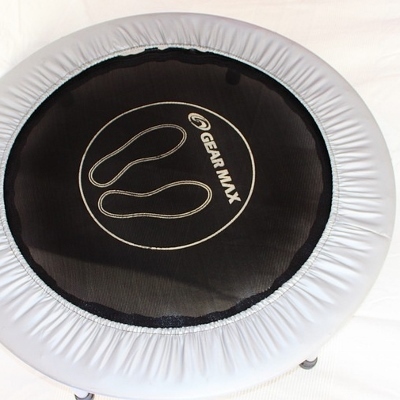 When one thinks of a cardio workout, exercises such as running or biking typically come to mind. These are exercises that give your heart, blood vessels, and lungs a workout, and you will most likely put a lot of hard work into your workout.
When one thinks of a cardio workout, exercises such as running or biking typically come to mind. These are exercises that give your heart, blood vessels, and lungs a workout, and you will most likely put a lot of hard work into your workout.
When it comes to walking, there are many health benefits that you can gain from it. Walking can lower your blood pressure, improve your weight management ability, improve your mood, decrease the risk of diabetes, lower your cholesterol, and more. Brisk walking, or walking as a form of cardio, can do even more than just your average walk! As you increase your intensity, frequency, or time, you will also  increase those health benefits you are trying to gain.
Walking can be considered a cardio exercise when you are doing it at a moderate to vigorous level. This level has to be high enough to also give your blood vessels a workout. Walking around the mall or strolling around the park is not considered a cardio workout. Brisk walking is most likely a form of cardio exercise if you are doing it at a high enough intensity. Brisk walking, will most likely count towards your cardio exercise for the day if you walk for a long enough distance!
It is recommended that you put in about 2.5 hours of moderate intensity exercise per week. This will help you gain the health benefits you can get from exercising. If you are doing cardio in the form of walking in order to lose weight, it might take a longer time to do so while walking than it would via another form of exercise such as running; however, it is still possible. The MayoClinic.com suggests that a 200 pound person has to walk for an hour at a 2 miles per hour pace in order to burn ~180 calories!
Walking can definitely be considered a form of cardio exercise, but it must be done at a high enough intensity in order to qualify as a one. If you find yourself sweating or breathing heavily, you are probably doing it right. The main goal is to get your blood pumping and your energy high!





